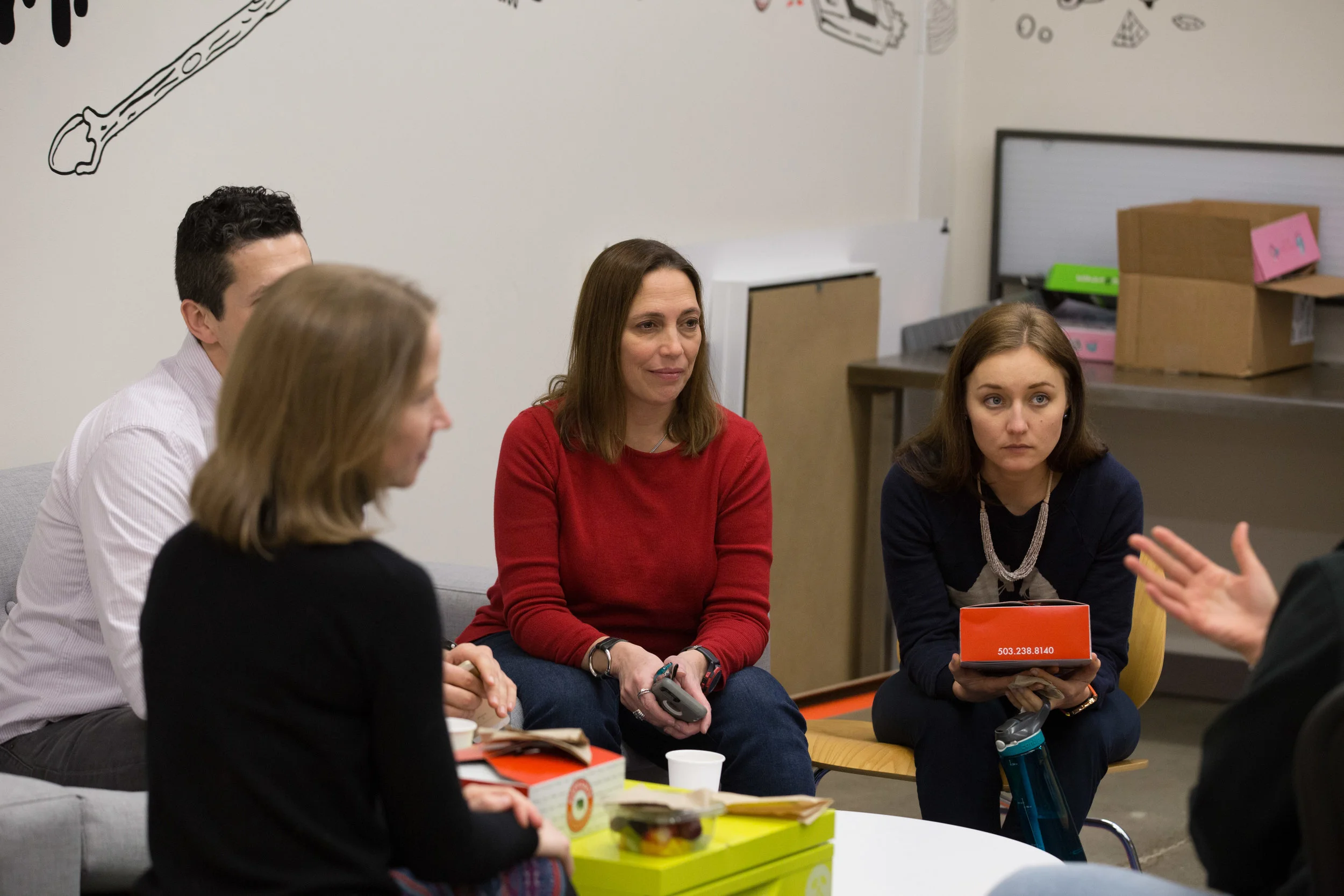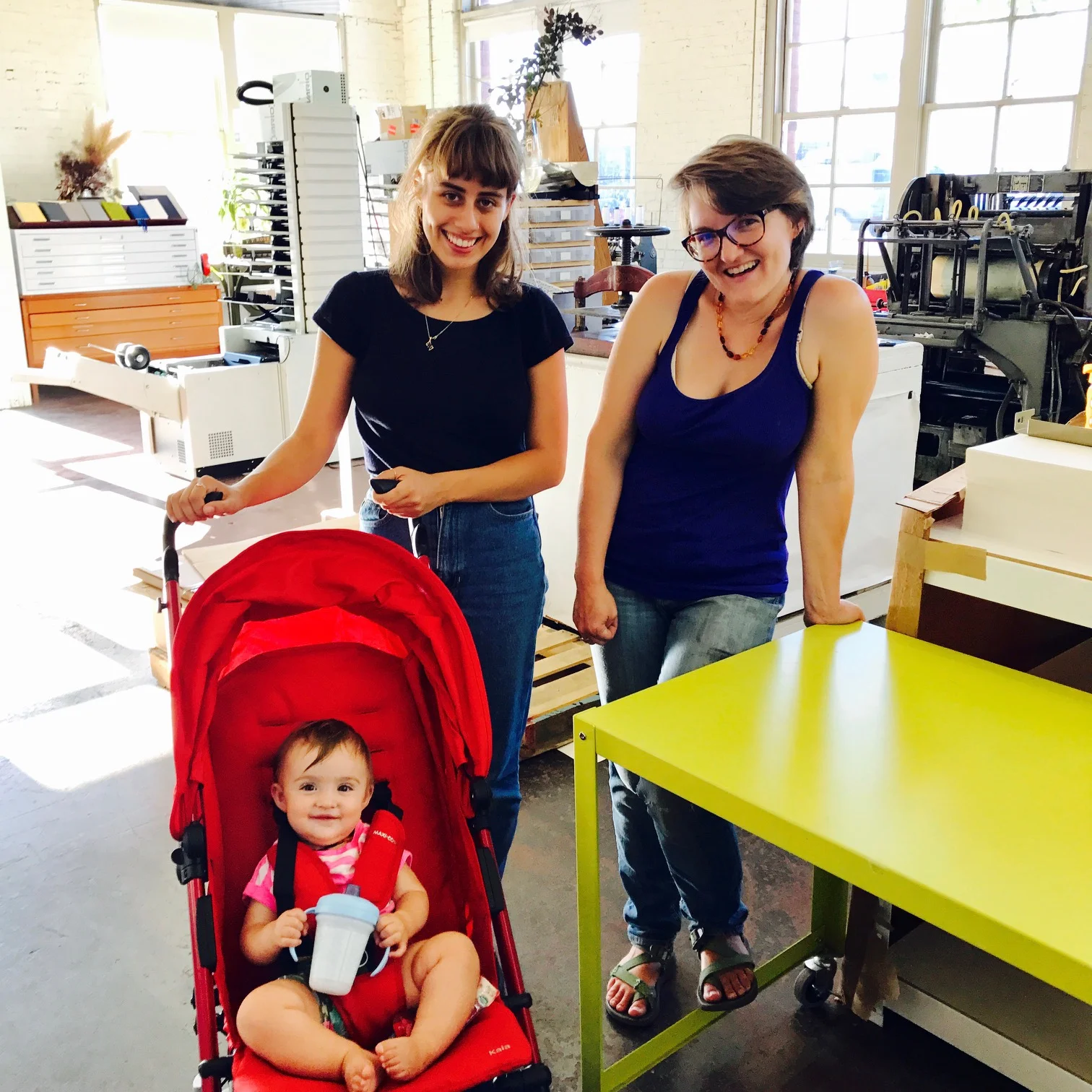Our Higher Education Innovation Fellows had their first onsite workshop here at Switchboard HQ in Portland, Oregon last week. I have never seen an audience that engaged, so I thought I'd share some of the insights from the five HEIF faculty members who presented to the fellows across those two-and-a-half days.
These faculty will be returning in June to lead the first workshop for our summer cohort of fellows.





